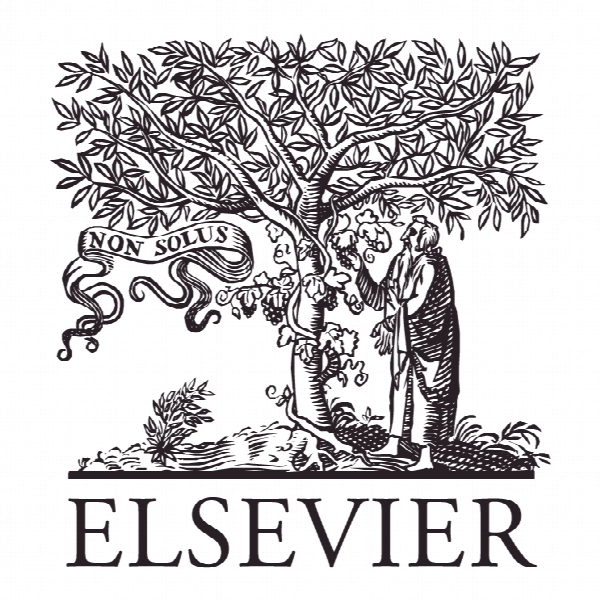آزمایش با گفتگو در توییتر: بررسی تاثیر اصول گفتمان در تعامل و نگرش Experimenting with dialogue on Twitter: An examination of the influence of the dialogic principles on engagement, interaction, and attitude
- نوع فایل : کتاب
- زبان : انگلیسی
- ناشر : Elsevier
- چاپ و سال / کشور: 2017
توضیحات
رشته های مرتبط علوم ارتباطات اجتماعی
گرایش های مرتبط روابط عمومی
مجله بررسی روابط عمومی – Public Relations Review
دانشگاه بخش ارتباطات، امریکا
نشریه نشریه الزویر
گرایش های مرتبط روابط عمومی
مجله بررسی روابط عمومی – Public Relations Review
دانشگاه بخش ارتباطات، امریکا
نشریه نشریه الزویر
Description
1. Introduction Research in public relations has lauded the use of social media as a means of facilitating two-way communication and relationship building. Waters and Williams (2011) argued that while scholars and practitioners alike have praised social media for its role in helping to connect stakeholders and organizations through engagement and interactivity, the research is not currently available to support a commitment to this kind of strategy. Additionally, to date, there is limited research that actually accounts for the effectiveness of social media as a relationship-building tool (Saffer, Sommerfeldt, & Taylor, 2013). Nearly twenty years ago, Kent and Taylor (1998) proposed a framework for building relationships with the public using the Internet, specifically websites, which has guided much of the research on online relationship building. The central thesis of their framework was the use of dialogue to facilitate two-way communication between organizations and publics. Five principles for achieving dialogue using websites were proposed: (1) intuitiveness/ease of interface, (2) the dialogic loop, (3) useful information, (4) generation of return visits, and (5) the rule of conservation of visitors (Kent & Taylor, 1998). As time and the Internet evolved to include various forms of social media, so did scholars’ interest in applying these principles to various organizational and social media settings. Much of the recent research in this area, guided by this seminal framework, has sought to determine how organizations are using the two-way communication capabilities of social media to build relationships with key stakeholder groups (McAllister-Spooner & Kent, 2009; Rybalko & Seltzer, 2010). The majority of this work has been done using content analysis methodology (Men & Tsai, 2013), which provides an indication of how organizations are using the platforms but does not provide as much indication ofthe effectiveness ofthese strategies in relationship building efforts. Therefore,this projectis an attemptto extend the research on the dialogic principles through experimental analysis to determine the effectiveness ofthe application of dialogic principles on social media, specifically if employing these principles leads to increased engagement, interaction, and positive attitudes.


